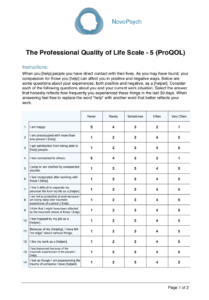Developing a successful public health program requires careful planning and execution. A well-structured public health program planning template can guide you through the process, ensuring that you address all essential components and increase the likelihood of your program’s success. By following a comprehensive template, you can create a program that effectively meets the needs of your target population and aligns with your overall public health goals.
Key Components of a Comprehensive Public Health Program Planning Template
A comprehensive public health program planning template typically includes the following key components:
- Situation Analysis: This section describes the health problem or issue that your program will address, including its scope, magnitude, and impact on the target population. It also identifies the underlying factors contributing to the problem and analyzes the existing resources and programs that are addressing it.
- Program Goals and Objectives: Clearly define the goals and specific objectives of your program. These should be measurable, achievable, relevant, and time-bound (SMART).
- Intervention Strategies: Describe the specific activities and interventions that will be implemented to achieve your program goals and objectives. These strategies should be evidence-based and tailored to the target population and the health issue being addressed.
- Evaluation Plan: Outline the plan for evaluating the effectiveness of your program. This should include the methods for data collection, analysis, and reporting, as well as the indicators and measures that will be used to track progress.
- Implementation Plan: Provide a detailed plan for implementing the program, including the timelines, responsibilities, and resources required. This should address how the program will be managed, monitored, and sustained over time.
- Budget and Resource Allocation: Determine the financial resources needed for the program and develop a plan for allocating and managing these resources effectively.
Additional Considerations for Effective Public Health Program Planning
Beyond the key components of a public health program planning template, there are several additional considerations to enhance the effectiveness of your program:
- Community Engagement: Actively involve the target population and community stakeholders in the planning and implementation process to ensure that the program meets their needs and priorities.
- Cultural Sensitivity: Consider the cultural context of the target population and ensure that your program is culturally appropriate and sensitive to their beliefs, values, and practices.
- Collaboration and Partnerships: Partner with other organizations, agencies, and stakeholders who can provide support and resources for your program.
- Sustainability: Plan for the long-term sustainability of your program, including securing ongoing funding, building capacity, and developing strategies for transition or expansion.
- Continuous Improvement: Regularly monitor and evaluate your program and make adjustments as needed to improve its effectiveness and impact.
By carefully following a comprehensive public health program planning template and considering these additional factors, you can develop a well-structured and effective program that addresses the health needs of your target population and contributes to overall public health goals.


